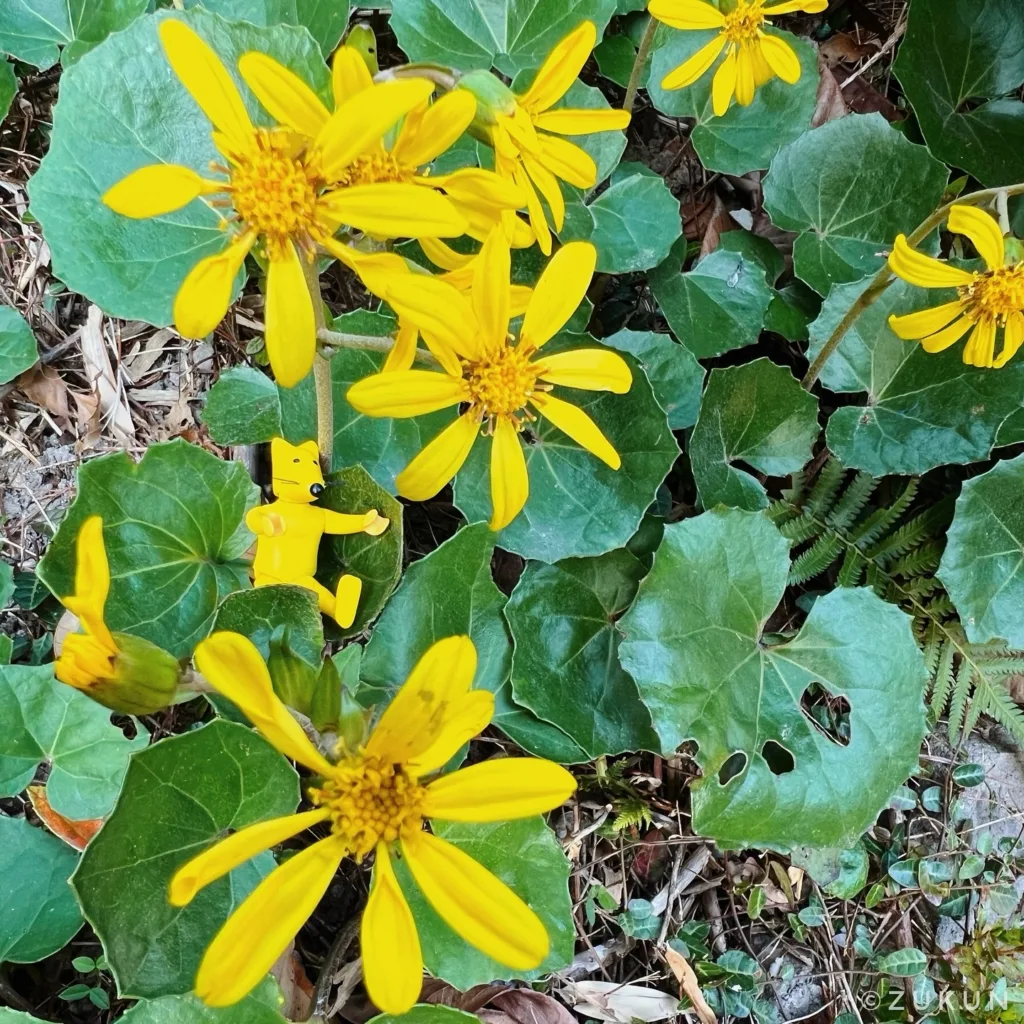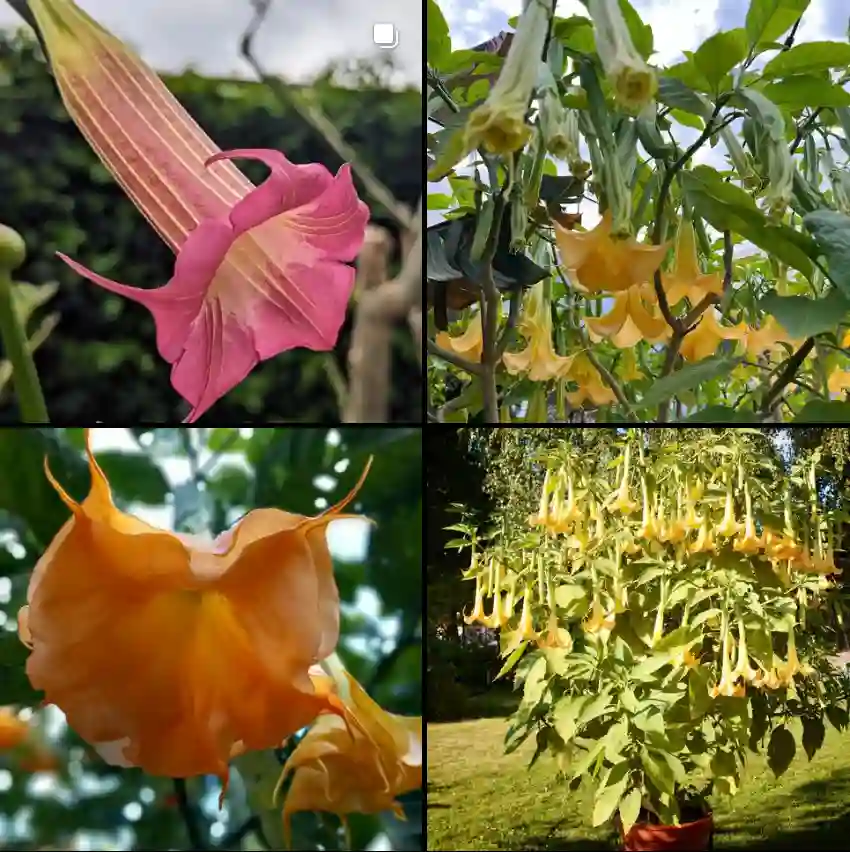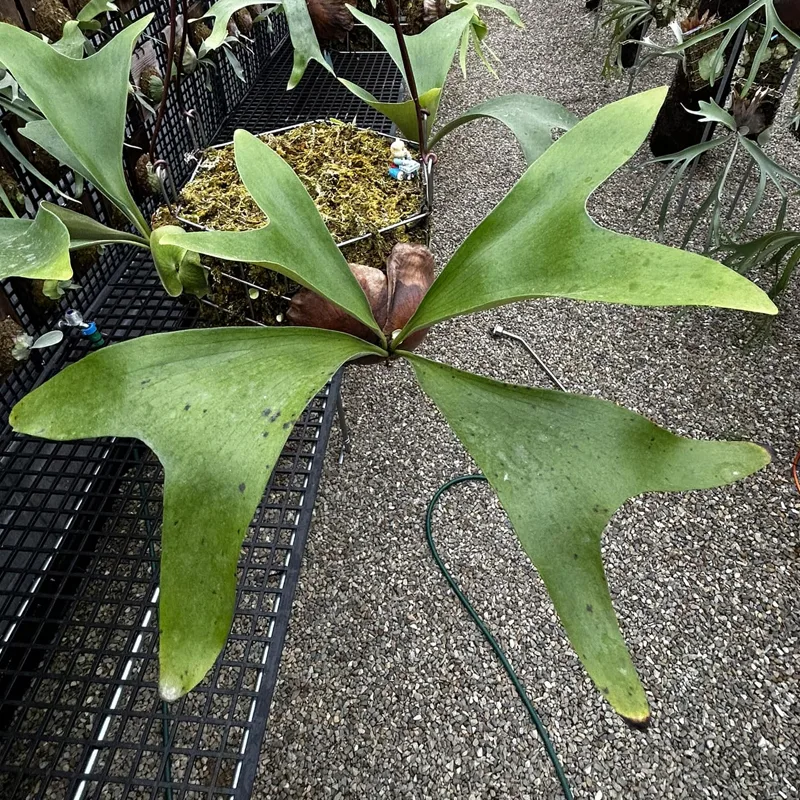FAQs About Dubautia
As someone who’s dabbled in various plant species, I’ve often found myself drawn to the Dubautia. This genus, part of the Asteraceae family, is native to Hawaii and is renowned for its unique appearance and adaptability. If you’re curious about these fascinating plants, let me share some of the most common questions I’ve encountered about Dubautia species and their care.
What Is Dubautia?
Dubautia is a genus of flowering plants endemic to the Hawaiian Islands. Often known for their striking foliage and adaptability, these plants are a staple in Hawaiian landscapes. The genus includes several species, each with its own distinct characteristics. Dubautia species are part of the broader sunflower family, Asteraceae, which also includes well-known plants like sunflowers and daisies.
Dubautia species
- Dubautia arborea (A.Gray) D.D.Keck
- Dubautia carrii B.G.Baldwin & Friar
- Dubautia ciliolata (DC.) D.D.Keck
- Dubautia × fallax Sherff
- Dubautia hanaulaensis B.G.Baldwin
- Dubautia herbstobatae G.D.Carr
- Dubautia imbricata H.St.John & G.D.Carr
- Dubautia kalalauensis B.G.Baldwin & G.D.Carr
- Dubautia kenwoodii G.D.Carr
- Dubautia knudsenii Hillebr.
- Dubautia laevigata A.Gray
- Dubautia latifolia (A.Gray) D.D.Keck
- Dubautia laxa Hook. & Arn.
- Dubautia linearis (Gaudich.) D.D.Keck
- Dubautia × media Sherff
- Dubautia menziesii (A.Gray) D.D.Keck
- Dubautia microcephala Skottsb.
- Dubautia paleata A.Gray
- Dubautia pauciflorula H.St.John & G.D.Carr
- Dubautia plantaginea Gaudich.
- Dubautia platyphylla (A.Gray) D.D.Keck
- Dubautia raillardioides Hillebr.
- Dubautia reticulata (Sherff) D.D.Keck
- Dubautia scabra (DC.) D.D.Keck
- Dubautia sherffiana Fosberg
- Dubautia syndetica G.D.Carr & Lorence
- Dubautia × thyrsiflora (Sherff) D.D.Keck
- Dubautia waialealae Rock
- Dubautia waianapanapaensis G.D.Carr
How to Care for Dubautia?
Caring for Dubautia species requires understanding their native environment. Here’s a brief overview based on my personal experience:
- Light Requirements: Dubautia plants thrive in full sun. They’re adapted to the bright, tropical sunlight of Hawaii, so placing them in a sunny spot is essential. In less sunny conditions, their growth may become leggy and weak.
- Soil Needs: These plants prefer well-draining soil. A mix that includes sand or perlite works well. This mimics their native volcanic soil, which allows for excellent drainage and prevents root rot.
- Watering: Watering needs can vary, but generally, Dubautia species prefer a moderate amount of water. They can tolerate drought conditions but should be watered regularly during dry spells. Overwatering can be detrimental, so ensure the soil is allowed to dry out between waterings.
- Temperature and Humidity: These plants enjoy warm temperatures and high humidity, typical of their native Hawaiian environment. They are not frost-tolerant, so if you live in a colder climate, consider growing them in pots that can be moved indoors during winter.
- Fertilizing: I’ve found that a balanced, slow-release fertilizer helps promote healthy growth. Fertilize every few months during the growing season for the best results.
How to Propagate Dubautia?
Propagating Dubautia species can be a rewarding endeavor. Based on my experience, here’s a straightforward method:
- Cuttings: Take cuttings from healthy, mature plants. I usually choose stems that are not flowering and cut them just below a leaf node. Dip the cut end in rooting hormone to encourage root development.
- Planting: Insert the cuttings into a pot filled with a well-draining mix. Keep the soil consistently moist but not waterlogged. Covering the pot with a plastic bag or a clear plastic dome can help maintain humidity and promote rooting.
- Transplanting: Once the cuttings have developed a strong root system, they can be transplanted into larger pots or directly into the garden.
What to Plant with Dubautia?
Pairing Dubautia with complementary plants can enhance your garden’s aesthetic. From my experience, consider these options:
- Tropical Companions: Plants like Hibiscus and Bird of Paradise complement Dubautia well. Their vibrant flowers and similar light and water needs make them ideal companions.
- Ground Covers: Adding ground covers like Lantana or creeping thyme can help manage soil moisture and provide a lush background for Dubautia’s foliage.
- Ornamental Grasses: Grasses like Blue Fescue or Carex add texture and contrast to the garden, highlighting Dubautia’s unique form.
Common Pests and Diseases
Dubautia species can occasionally suffer from pests and diseases. Based on what I’ve observed:
- Pests: Watch out for aphids and spider mites. Regularly inspect your plants and use insecticidal soap if you notice any infestations.
- Diseases: Root rot can be a problem if the soil doesn’t drain well. Ensuring proper soil drainage and avoiding overwatering can help prevent this issue.
How to Grow Dubautia in Containers?
Growing Dubautia in containers is a great way to control their environment and protect them from harsh weather. Here’s what I’ve learned:
- Pot Size: Choose a pot that’s large enough to accommodate the plant’s root system. A container that’s too small can restrict growth.
- Drainage: Ensure your pot has adequate drainage holes. This prevents water from pooling at the bottom and reduces the risk of root rot.
- Positioning: Place the container in a spot that receives full sun. Container plants often need more frequent watering than garden-planted ones, so keep an eye on soil moisture.
Dubautia species offer a unique touch to any garden with their distinct foliage and resilience. By understanding their needs and following these tips, you can enjoy their beauty and adaptability in your own space. Whether you’re a seasoned gardener or just starting, these plants can be a fantastic addition to your plant collection.
If i die, water my plants!



